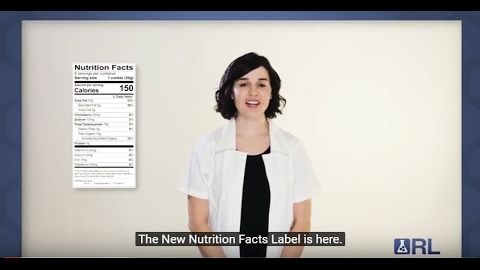
Subtitles & vocabulary
The FDA Nutrition Facts Label - Old vs New FDA Food Labels and Changes
00
郭建志 posted on 2017/10/14Save
Video vocabulary
recommend
US /ˌrɛkəˈmɛnd/
・
UK /ˌrekə'mend/
- Transitive Verb
- To advise or suggest that someone do something
- To endorse or support something publicly.
A2TOEIC
More impact
US /ˈɪmˌpækt/
・
UK /'ɪmpækt/
- Noun
- A striking effect or result to hit with force
- Act or force of one thing hitting something else
- Verb (Transitive/Intransitive)
- To hit or strike someone or something with force
- To have a strong effect on someone or something.
A2TOEIC
More anxious
US /ˈæŋkʃəs/
・
UK /ˈæŋkʃəs/
- Adjective
- Afraid of what may happen; worried and nervous
- Wanting something badly
A1TOEIC
More issue
US /ˈɪʃu/
・
UK /'ɪʃu:/
- Transitive Verb
- To make something available to be used or sold
- To deliver a statement, etc. in an official manner
- Noun (Countable/Uncountable)
- Important topic discussed, debated or argued over
- Single edition of a magazine
A2TOEIC
More Use Energy
Unlock All Vocabulary
Unlock pronunciation, explanations, and filters
